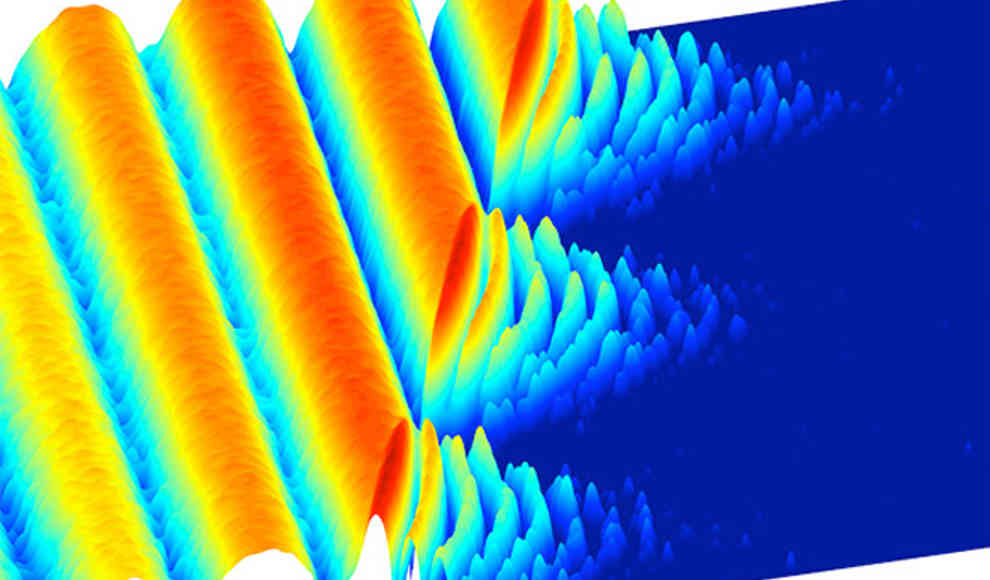In a groundbreaking experiment, scientists have successfully frozen individual components of light and manipulated them to form a new structure. This discovery has the potential to revolutionize the development of new products and advance research in light and molecular physics. While US researchers had previously achieved the manipulation of light in 2013, physicist James Raftery from Princeton University has now taken this research a step further by creating a crystalline state from invisible light. By using a construct known as the Jaynes-Cumming Dimmer, Raftery was able to achieve an interaction between atoms and light, causing photons to react with each other in a unique way. This resulted in a shift from the normal state of light to an excess of connecting photons, creating an optical resonance that had not been observed before.
The collective behavior of certain parts of light was observed, as they connected and influenced each other’s properties. This structure is similar to experiments in physics that deal with variables of phase states, such as the transition of water to ice. The findings from this experiment have the potential to aid scientists in light research and provide new possibilities in physics. The manipulation of light could lead to the creation of new materials with previously unknown properties. While the experiment was conducted on a relatively small system, further research and expansion of the environment could reveal even more secrets of physics.
This discovery is a significant step forward in the field of light manipulation and has the potential to impact various industries. The simplicity and clarity of the experiment’s results make it accessible to a wide audience, and the expert quotes provide valuable insight into the significance of the findings. The potential applications of this research are vast, and it will be exciting to see how it develops in the future.










